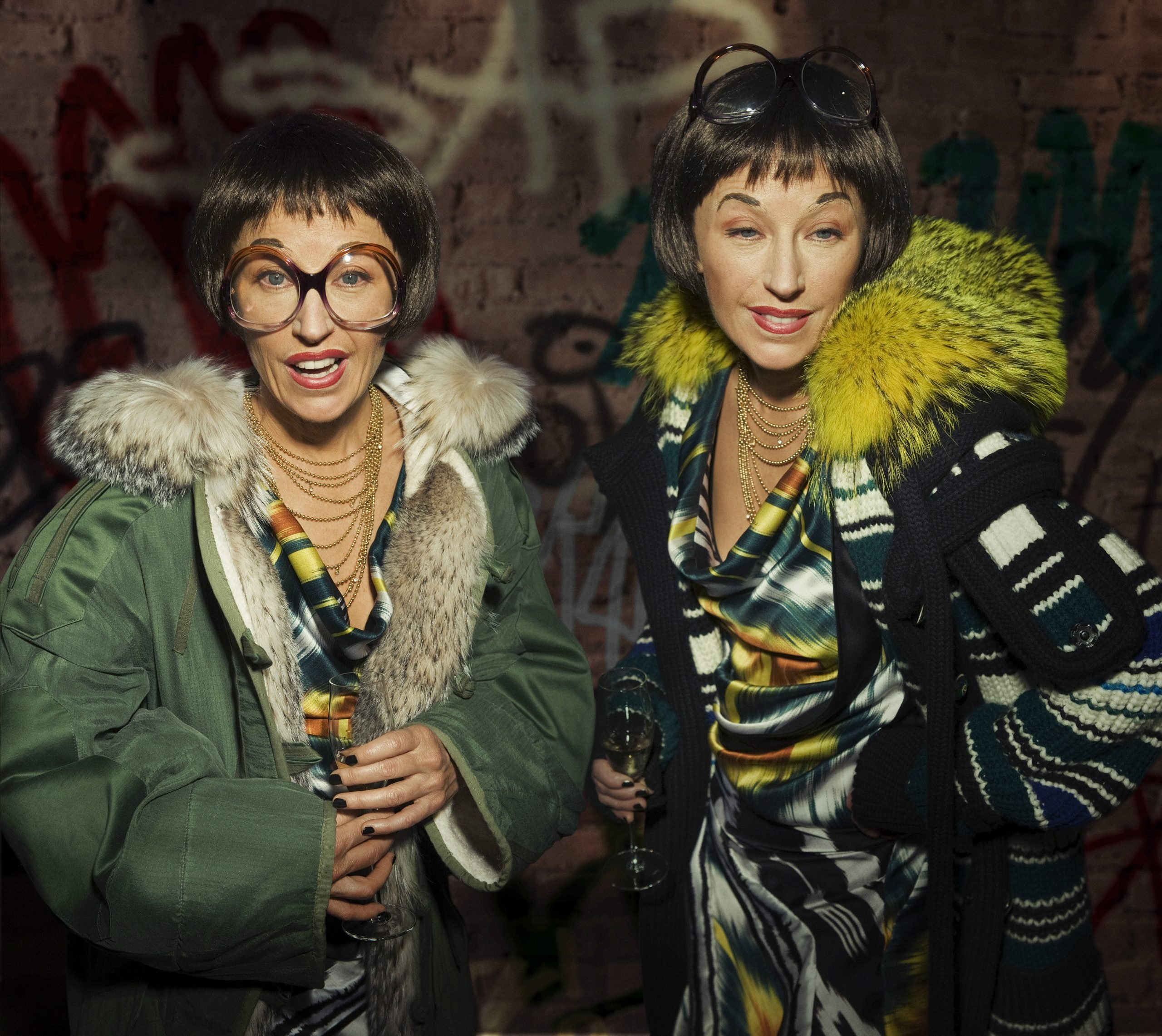
During her early childhood, artist and fashion photographer Cindy Sherman would dress up in 1920s vintage clothing given to her by her great-grandmother. The activity proved more than just a fun pastime as, decades later, she has turned the deceptively simple act of dressing up and assuming alter egos into the conceit of an entire artistic career.
Now, a new book titled Cindy Sherman: Anti-Fashion, featuring essays from various scholars and critics compiled by art historian Anne Ruygt and published by Hannibal Books, is looking back at that career through the lens of fashion. Or rather, as the title suggests, anti-fashion, for as much as Sherman adores clothing, pretty much all of her photography functions as a commentary on the way our physical appearance can be used to deceive others as well as ourselves.
Cover of Cindy Sherman: Anti-Fashion © Cindy Sherman. Photo courtesy: Cindy Sherman and Hauser & Wirth.
Born on January 19, 1954 in New Jersey to a kindly mother who taught reading to children with learning difficulties and an (in her words) unsympathetic father who worked as an aircraft engineer, Sherman began her artistic career at Buffalo State University. She initially studied painting, but switched to photography after realizing she was merely “copying other art.”
In a way, her approach to photography was similar. The defining characteristics of her work are present in the very project that would prove to be her breakthrough, Untitled Film Stills. Completed during the late 1970s, the series sees Sherman photographing herself in numerous poses, outfits, and makeup palettes inspired by noir and new wave cinema, “always,” as an article published on ArtReview puts it, “hinting at the sadness and fear that lie beneath the social face.”
Cindy Sherman, Untitled #611 (2019) © Cindy Sherman. Photo courtesy: Cindy Sherman and Hauser & Wirth.
Quickly developing into a countercultural fashion icon in her own right, Sherman went on to collaborate with brands like Louis Vuitton, Marc Jacobs, Balenciaga, Undercover, Supreme, and Comme des Garçons, to name just a few. Her first major collaboration, which took place in 1983, saw her shoot an advertising campaign for stylist Dianne Benson’s New York City store, wearing a cone-shaped bra by Jean Paul Gaultier that would later end up in the Blonde Ambition tour wardrobe of pop star Madonna.
Cindy Sherman, Untitled Film Still #17 (1978) © Cindy Sherman. Photo courtesy: Cindy Sherman and Hauser & Wirth.
Her subsequent collaborations carried more critical, ironic, even cynical undertones. A 1994 photo series with the equally experimental and iconoclastic Japanese fashion designer Rei Kawakubo saw Sherman combine designer clothes with masks, dolls, prosthetics, and theatrical makeup. Her 2008 series for Balenciaga was more shocking still, seeing the artist assume the guise of older women in unflattering poses, assuming titles like “fashion victim” and “aging party girl.”
Cindy Sherman, Untitled #299 (1994) © Cindy Sherman. Photo courtesy: Cindy Sherman and Hauser & Wirth.
Straddling the line between unsettling and playful, tongue-in-cheek and in-your-face, Sherman’s work is at its core a commentary on beauty standards and consumer culture, not her own dreams, fears, and insecurities. “People assume that a self-portrait is narcissistic and you’re trying to reveal something about yourself,” she once said in an interview, clarifying what her art was not about. “In fact, none of my work is about me or my private life.”
“Humorous and provocative, her images are parodies of commercial fashion photography,” writes Alessandra Nappo, one of the authors featured in Cindy Sherman: Anti-Fashion, “they do not convey the glamor, sex appeal, or elegance commonly associated with high fashion and touted by glossy magazines. Instead, Sherman’s works showcase characters who are far from desirable and who run counter to the conventions of haute couture and the prevailing ideals of beauty.”
Cindy Sherman, Untitled #545 (2010-2012) © Cindy Sherman. Photo courtesy: Cindy Sherman and Hauser & Wirth.
The publication of Cindy Sherman: Anti-Fashion coincides with an eponymous art exhibit at Photo Museum Antwerp (FOMU) in Belgium. Running from September 28, 2024 until February 2, 2025, it explores the same themes discussed in the book, and constitutes the artist’s first solo show in the country.